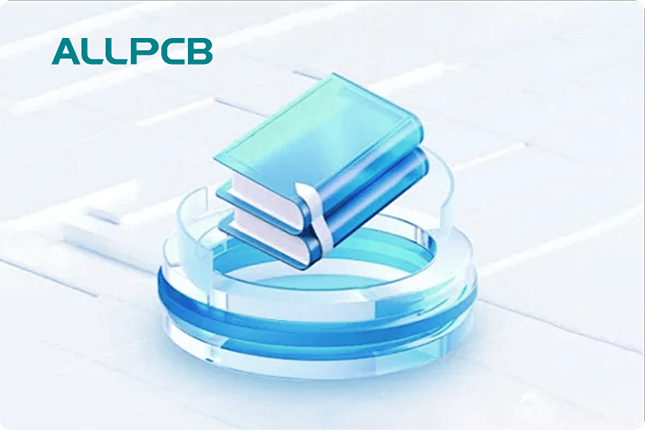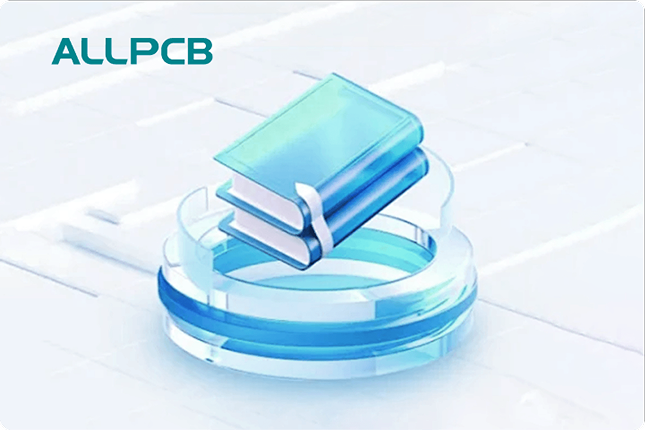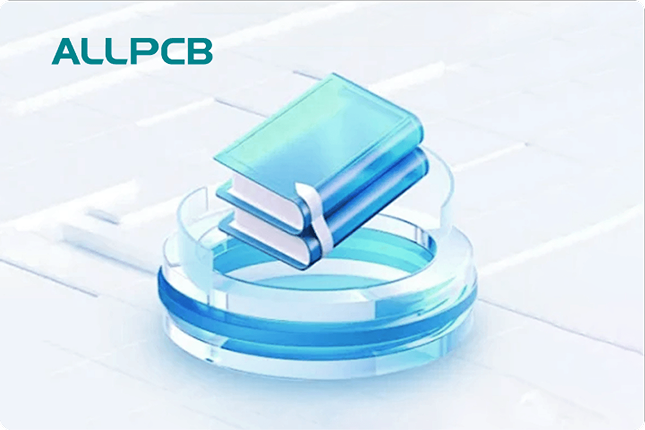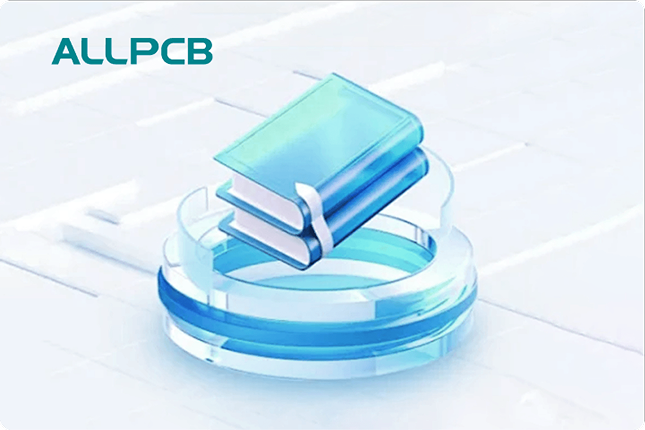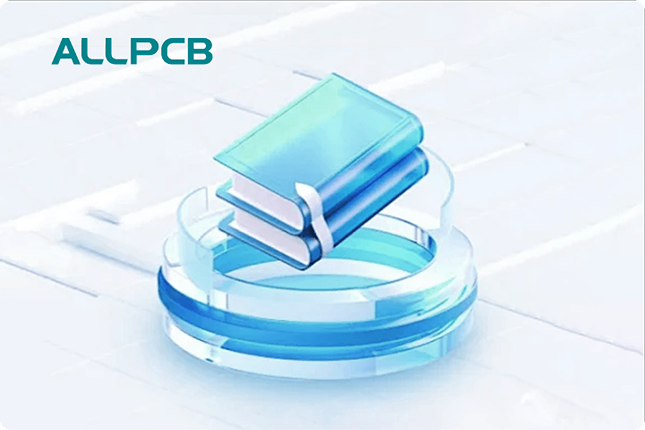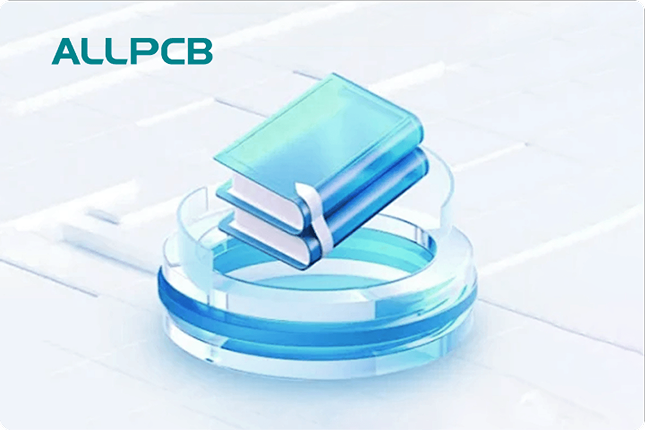If you're designing a printed circuit board (PCB) for an E-Reader, selecting the right components is critical for achieving optimal performance, power efficiency, and user satisfaction. Key considerations include choosing a low power microcontroller, an efficient E-Ink controller IC, and other essential parts that balance cost and functionality. In this comprehensive guide, we'll walk you through the process of selecting components for an E-Reader PCB, providing a detailed components list, insights into creating a Bill of Materials (BOM), and tips for partnering with a reliable E-Reader PCB vendor. Let’s dive into the specifics to help you build a high-performing E-Reader device.
Why Component Selection Matters for E-Reader PCBs
E-Readers are unique devices that prioritize low power consumption, high display readability, and long battery life. Unlike smartphones or tablets, they rely on E-Ink technology, which consumes minimal power but requires specialized components for control and efficiency. Selecting the right parts for your E-Reader PCB ensures smooth operation, reduces heat generation, and extends device lifespan. Poor choices can lead to sluggish performance, frequent refreshes, or even hardware failures. With this in mind, careful planning and selection of components tailored for E-Reader needs are essential.

Key Components in an E-Reader PCB: A Detailed Components List
Building an E-Reader PCB starts with understanding the core components that drive its functionality. Below is a comprehensive E-Reader PCB components list to guide your design process. Each part plays a specific role in ensuring the device performs efficiently.
1. E-Ink Controller IC
The E-Ink controller IC is the heart of an E-Reader’s display system. It manages the E-Ink panel, controlling pixel states to render text and images with minimal power. A high-quality controller ensures fast refresh rates and clear visuals. Look for ICs that support low power modes and offer compatibility with various E-Ink panel sizes, such as 6-inch or 10-inch displays. Typical specifications include a voltage range of 2.5V to 3.3V and support for SPI or I2C interfaces for communication with the microcontroller.
When selecting an E-Ink controller IC, prioritize those with built-in power management features to reduce overall system consumption. Ensure the IC can handle the resolution of your chosen display, such as 800x600 or 1200x825 pixels, to avoid compatibility issues.
2. Low Power Microcontroller for PCB
A low power microcontroller is crucial for managing the E-Reader’s operations, from processing user inputs to handling data transfer between the E-Ink controller and storage. Opt for microcontrollers with ultra-low power modes, as E-Readers often remain idle for long periods. Popular architectures include ARM Cortex-M series, which offer clock speeds of 48 MHz to 120 MHz while consuming as little as 100 μA/MHz in active mode and under 1 μA in sleep mode.
Choose a microcontroller with sufficient GPIO pins (at least 20-30) for interfacing with peripherals like buttons, touch sensors, and Wi-Fi modules. Additionally, ensure it supports flash memory integration for firmware updates and has built-in security features to protect user data.

3. Power Management IC (PMIC)
Power efficiency is a cornerstone of E-Reader design. A dedicated Power Management IC (PMIC) regulates voltage levels for different components, ensuring stable operation while minimizing energy waste. Look for PMICs that support input voltages from 3.7V (common for lithium-ion batteries) and provide multiple output rails, such as 3.3V for the microcontroller and 15V to 20V for the E-Ink display drivers.
A good PMIC should also include features like overvoltage protection and thermal shutdown to safeguard the PCB from damage. Efficiency ratings above 90% in active mode are ideal for extending battery life, which can reach up to 3000 mAh in typical E-Reader designs.
4. Memory Components
E-Readers require both volatile and non-volatile memory for storing firmware, user data, and eBooks. Consider using a combination of:
- Flash Memory: For storing the operating system and eBooks, with capacities ranging from 4 GB to 16 GB.
- RAM: For temporary data processing, typically 256 MB to 512 MB of DDR3 or LPDDR2 for faster access speeds.
Ensure the memory components operate at low voltage (1.8V or lower) to align with the E-Reader’s power-saving goals.
5. E-Ink Display Connector
The connector links the E-Ink panel to the PCB, ensuring reliable data and power transmission. Most E-Ink displays use 39-pin or 40-pin FPC (Flexible Printed Circuit) connectors. Verify that the connector matches the panel’s pinout and supports the required current, often around 50 mA during refresh cycles.
6. Wireless Module (Optional)
For E-Readers with online capabilities, a wireless module for Wi-Fi or Bluetooth is necessary. Choose modules with low power consumption, supporting standards like 802.11n for Wi-Fi or Bluetooth 4.2 for energy efficiency. Typical power draw should be under 200 mA during active transmission and below 10 μA in sleep mode.
7. Passive Components
Resistors, capacitors, and inductors are vital for filtering noise and stabilizing power. For example, use ceramic capacitors with values of 0.1 μF to 10 μF near power pins of ICs to reduce ripple. Resistors in the range of 1 kΩ to 10 kΩ are often used for pull-up or pull-down configurations in control circuits.

Creating a BOM for E-Reader PCB
A Bill of Materials (BOM) for an E-Reader PCB is a detailed list of all components required for assembly. It serves as a blueprint for procurement and manufacturing, ensuring no part is overlooked. Here’s how to structure your BOM and key considerations for accuracy.
Steps to Build a BOM
1. List Core Components: Include the E-Ink controller IC, low power microcontroller, PMIC, memory chips, and connectors. Specify part numbers, manufacturers, and quantities (e.g., 1 unit of a specific microcontroller with part number XYZ123).
2. Add Passive Components: Detail resistors, capacitors, and inductors with their values, tolerances (e.g., ±5% for resistors), and package sizes (e.g., 0603 or 0805).
3. Include Mechanical Parts: Note connectors, screws, or standoffs needed for assembly.
4. Specify Alternatives: For critical components, list substitute parts in case of supply shortages, ensuring they meet the same specifications (e.g., voltage rating, power consumption).
5. Review Costs: Estimate the cost per unit for budgeting, aiming for a balance between quality and affordability. For instance, a microcontroller might cost $2-$5 per unit, while an E-Ink controller IC could range from $5 to $15.
A well-organized BOM minimizes errors during production and helps streamline communication with your E-Reader PCB vendor. Use spreadsheet tools to maintain clarity, with columns for part description, quantity, reference designator (e.g., U1 for microcontroller), and supplier links if available.
Criteria for Selecting Components for Optimal Performance
Choosing components isn’t just about picking parts that fit; it’s about ensuring they work together for optimal performance. Here are the key criteria to consider when selecting parts for your E-Reader PCB.
Power Efficiency
Since E-Readers are battery-powered, every component should minimize power draw. Prioritize parts with low quiescent current (under 10 μA in sleep mode) and high efficiency ratings. For example, a PMIC with 95% efficiency can significantly reduce energy loss compared to one with 85%.
Compatibility
Ensure components are compatible with each other. For instance, the E-Ink controller IC must support the voltage levels and communication protocols (like SPI) used by the microcontroller. Mismatched specs can lead to signal integrity issues or system crashes.
Size and Form Factor
E-Readers are compact devices, so PCB space is limited. Select components with small package sizes, such as QFN or BGA for ICs, and SMD (Surface Mount Device) for passives. A typical microcontroller might come in a 5x5 mm package, saving valuable board space.
Reliability and Availability
Opt for components from reputable manufacturers with a proven track record of reliability. Check availability to avoid delays due to supply chain issues. Using parts with long-term support (not nearing end-of-life) ensures future scalability.
Cost-Effectiveness
Balance performance with cost. While high-end components offer better specs, they may not always be necessary. For example, a $10 microcontroller with excessive processing power might be overkill for a basic E-Reader when a $3 alternative suffices.
Partnering with a Reliable E-Reader PCB Vendor
Once your component selection and BOM are finalized, the next step is partnering with a trusted E-Reader PCB vendor for manufacturing and assembly. A reliable vendor ensures high-quality production, timely delivery, and technical support. Here’s what to look for in a vendor.
Experience in E-Reader PCB Production
Choose a vendor with a track record of producing PCBs for portable electronics or E-Reader-like devices. Their familiarity with low-power designs and E-Ink technology can prevent common manufacturing pitfalls.
Quality Assurance Standards
Ensure the vendor adheres to industry standards like IPC-A-610 for PCB assembly. Request certifications or sample boards to verify their quality control processes. A vendor with in-house testing capabilities can catch defects before shipping.
Supply Chain Support
A good vendor offers assistance with component sourcing, especially for hard-to-find parts like specific E-Ink controller ICs. This reduces your workload and ensures all parts meet design specifications.
Scalability and Lead Times
Select a vendor capable of scaling production from prototypes (e.g., 10 units) to mass production (e.g., 10,000 units). Confirm their lead times align with your project deadlines—typical turnaround for small batches is 5-10 days, while larger orders may take 3-4 weeks.
Cost Transparency
Work with a vendor offering clear pricing for PCB fabrication, assembly, and additional services like design reviews. Avoid hidden fees by requesting detailed quotes upfront, factoring in costs for multilayer boards (common for compact E-Readers) which might range from $0.50 to $2 per square inch.
Tips for Optimizing E-Reader PCB Design with Selected Components
Beyond component selection, how you integrate these parts into your PCB layout impacts performance. Follow these tips to maximize efficiency and reliability.
Minimize Signal Interference
Place high-speed components like the microcontroller and E-Ink controller IC close to each other to reduce trace lengths, minimizing electromagnetic interference (EMI). Keep signal traces away from power lines and use ground planes to shield sensitive areas. Aim for trace impedance of 50 ohms for high-speed signals to prevent reflections.
Optimize Power Distribution
Design a robust power distribution network (PDN) with wide power traces (at least 20 mils for high-current paths) to handle current spikes during E-Ink refreshes, which can peak at 100 mA. Place decoupling capacitors near IC power pins to stabilize voltage.
Thermal Management
Even with low power components, heat can build up in confined E-Reader enclosures. Use thermal vias under high-power ICs like the PMIC to dissipate heat to the opposite side of the board. Ensure operating temperatures stay within component limits, typically -20°C to 85°C for most ICs.
Conclusion: Building a High-Performing E-Reader PCB
Selecting the right components for an E-Reader PCB is a critical step in creating a device that offers exceptional performance, long battery life, and a seamless user experience. By focusing on key parts like a suitable E-Ink controller IC, a low power microcontroller for PCB efficiency, and a well-structured BOM for E-Reader PCB production, you set the foundation for success. Partnering with a reliable E-Reader PCB vendor further ensures your design translates into a high-quality product.
Take the time to evaluate each component based on power efficiency, compatibility, and cost, and integrate them thoughtfully into your PCB layout. With careful planning and attention to detail, you can build an E-Reader that stands out in a competitive market. Let this guide serve as your roadmap to achieving optimal performance through informed component selection.
 ALLPCB
ALLPCB


